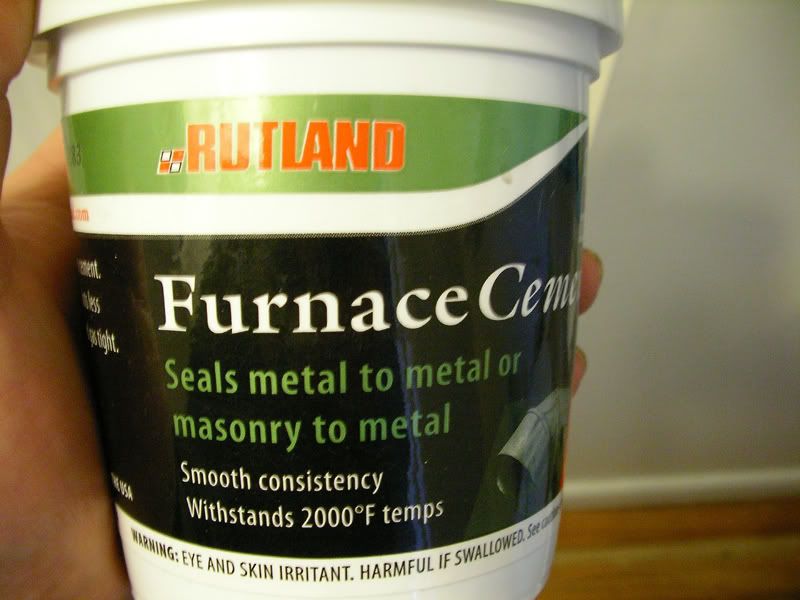Love them 24-singles, John !!
Looks GREAT !!!
Looking forward to Ernie's test-report....
Jeff Easterly

Posted 11 February 2010 - 06:48 PM
Jeff Easterly - Capt., Team Wheezer...
Asst. Mechanic, Team Zombie...
Power is coming on... NOW!!!
Posted 11 February 2010 - 07:15 PM
Posted 11 February 2010 - 07:22 PM
Posted 14 February 2010 - 07:37 AM
Commutators not in short supply; they are available here:
http://cgi.ebay.com/...=STRK:MESELX:IT
--------------------
William Bugenis
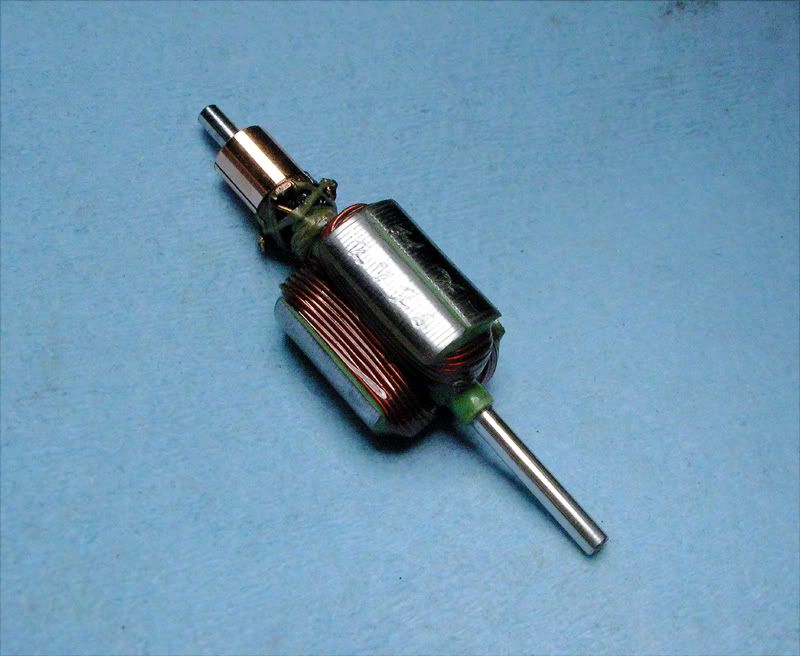
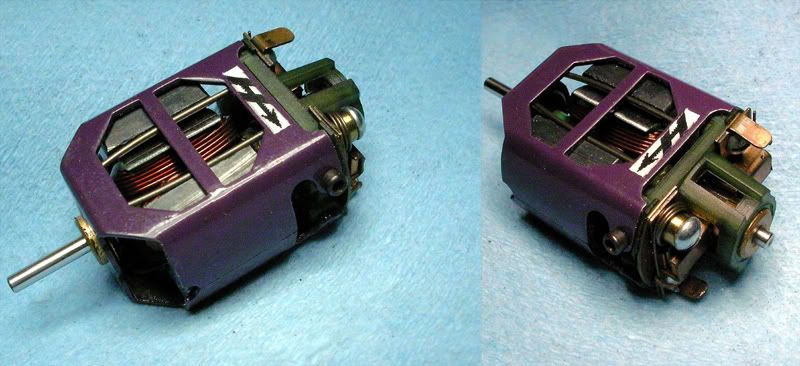
Posted 14 February 2010 - 12:13 PM
Posted 14 February 2010 - 01:04 PM
Posted 14 February 2010 - 03:55 PM
Jeff Easterly - Capt., Team Wheezer...
Asst. Mechanic, Team Zombie...
Power is coming on... NOW!!!
Posted 14 February 2010 - 04:35 PM
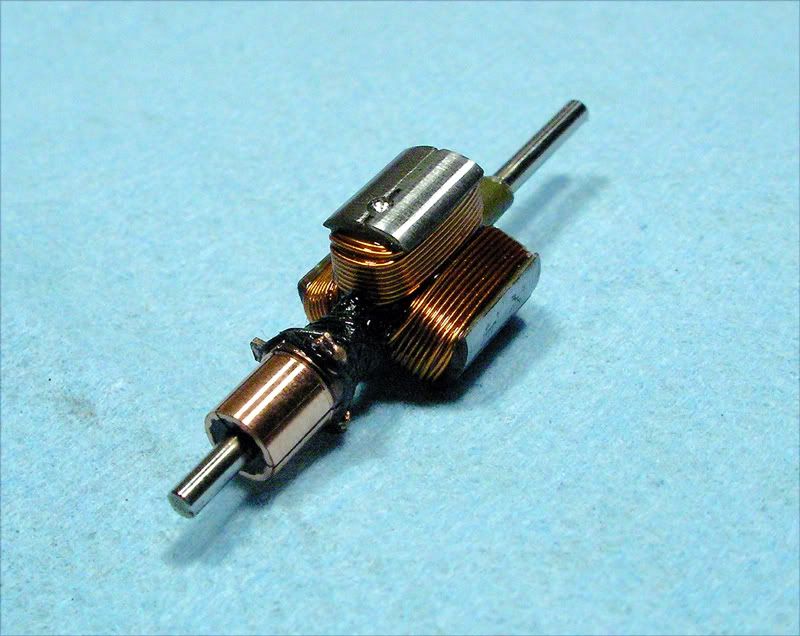
Posted 14 February 2010 - 04:47 PM
Posted 14 February 2010 - 07:09 PM
Posted 15 February 2010 - 06:52 AM
Posted 15 February 2010 - 07:56 AM
Hi Phil,
From what I can tell from taking these things apart, the manufacturers are using some form of resistance spot welding. In other words, there's no additional metal/flux involved and they're using an electric current to fuse the brass com tabs with the copper magnet wire. The setup I'm using will doi thatr if I leave it in contact for a couple of extra seconds, but without a timing relay to precisely control the length of time the circuit is closed I'm as likely to blow right through the com tab and magnet wire as I am to make a good weld. Brazing with silver jeweler's wire allows a bit more leeway as the silver melts at a significantly lower temp than the brass and copper, but still much higher than whatever else might fail in a high-temp situation (usually the magnet wire insulation or something on the endbell).
-john
Posted 15 February 2010 - 06:58 PM
Posted 16 February 2010 - 09:10 AM
Posted 16 February 2010 - 09:45 AM
Posted 16 February 2010 - 02:20 PM
...i just wish i could see all the pictures ...
Posted 16 February 2010 - 10:58 PM
Robert, for some more photos, have a look at John's motor articles posted on "The Independent Scratchbuilder." Here's the link:
John's Motor Articles
Posted 17 February 2010 - 05:35 PM
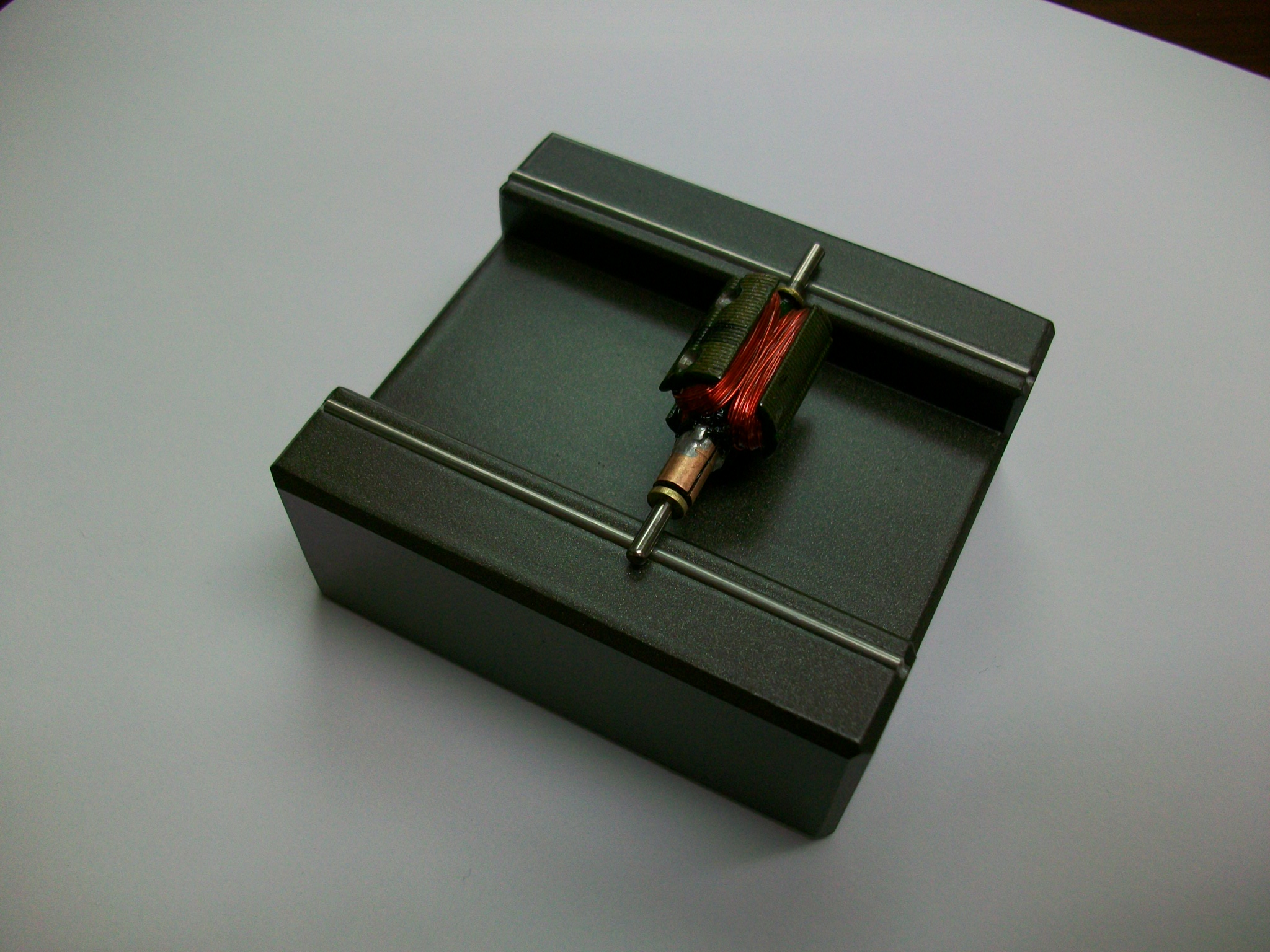
Posted 17 February 2010 - 08:05 PM
Posted 17 February 2010 - 08:46 PM
Posted 17 February 2010 - 08:50 PM
Posted 18 February 2010 - 12:14 AM
Posted 18 February 2010 - 07:14 AM
Posted 20 February 2010 - 10:34 AM
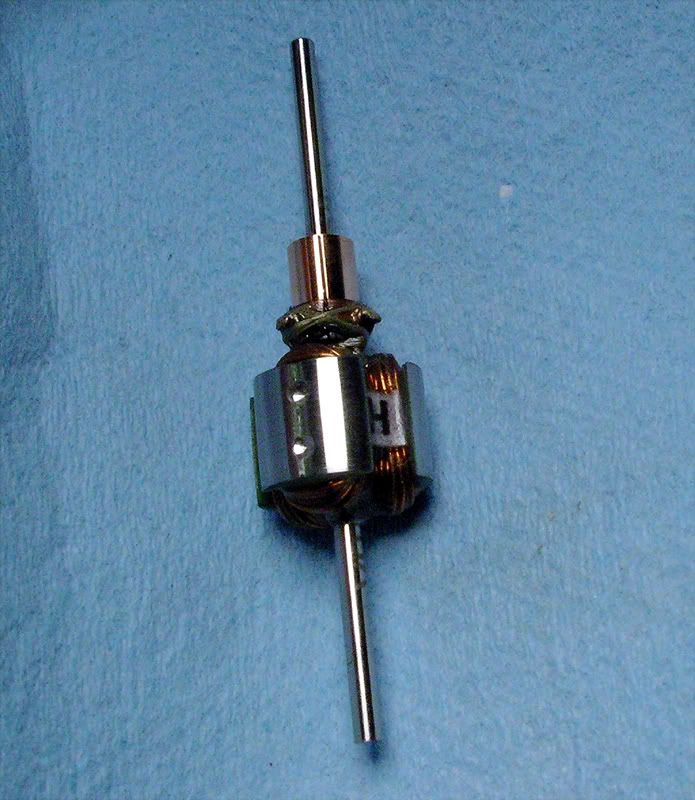
Posted 20 February 2010 - 04:07 PM
